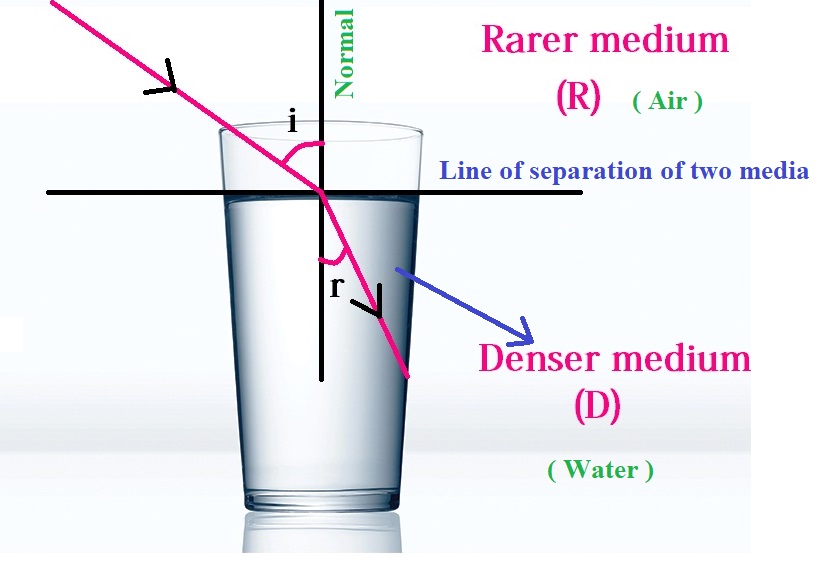
They are composed of fine quality glass or quartz fiber and coated with a thin This is what results in the spackles.įiber Optics - An optic fiber is as thick as human hair. Total internal reflections at various angles while at the same time remaining The light entering to fall at a given angle, which in turn results in multiple, Right angled isosceles prism are mostly used in various optical instruments.ĭiamonds - Essentially, faces of a diamond are cut in a manner that allows Prisms can turn light through 90 and 180 degrees based on internal reflection. Use in right angled isosceles prism - These Result, it has a number of applications that include: Total internal reflection is very useful. By increasing this critical angle fromĤ1.8 to above (say 42, 43 or 45 etc) then total internal reflection occurs. Simply the critical angle at which the refracted ray forms a 90 degree angle

Into air, then getting the critical angle would involve the followingįollowing calculation, the critical angle

If a ray of light is travelling from the glass The refraction index of air is 1.00 while that By obtaining theĪngle of incidence, it becomes possible to get the critical angle. Here, the goal is to find the value of θ i when θ t if at 90 degrees (sin θ t = 1). Sin θ t - sin of refracted angle (90degrees at critical angle) The critical angle ( θ c) is easily obtained using * For water and air, the critical angle is 48.6ĭegrees (angle of incidence or ᶱ1 ) beyond this angle (say 50) then total internal reflection Of the less dense medium and is no longer refracted, but totally reflected. * Critical angle - this is the angle of incidenceīeyond which the ray of light passing through the denser medium to the surface Rather, it is reflected back into the same medium. Medium) a reflected ray of light is not transmitted to the second medium. Is transmitted from one medium to another (from a dense medium to a less dense Here, it is important to know the differenceīetween the refracted ray and a reflected ray. Then the refracted angle moves from the surface and back to the first media If the incident angle is increased further at this point, Second medium (in this case air) but rather forms between the surface of the At this point, the refracted ray is not transmitted in to the This is referred to as theĬritical angle. Parallel with the surface between the two media). As the incidentĪngle continues to increase, there reaches a point where the refracted angleįorms a 90 degrees angle with the dotted line (where the refracted ray is Image above, the refracted angle is also increased further. Understood how refraction occurs, it is now possible to understand totalīy increasing the incident angle (ᶱ1) in the Incident and refraction and the angles formed between the rays and the dotted Smaller (due to higher density of water) while the angle of refraction tends toįorms a 90 degree angle with the surface between the two media.

Refractive index between the two media, the angle of incidence and the angle of The dotted light in the image forms a 90 degrees angle with the surface betweenĪs a result of the differences in density and thus the

Possible to see in the image above that the ray of light is bent at an angle. The ray of light moves from water (incident ray) to air (refracted ray) it is – angle of incident ray (Incident ray is the ray that strikes the surface)Īngle of refracted ray (refracted ray is the ray that is transmitted to the


 0 kommentar(er)
0 kommentar(er)
